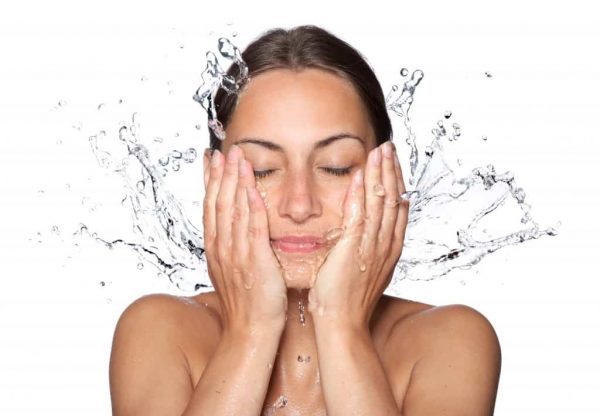HydraFacials are one of the most recent non-invasive facials available as a skin treatment option. But how does a HydraFacial compare to more common and traditional methods? We’ve put a cheat sheet together, comparing HydraFacials and some more common skin treatments.
What exactly is a HydraFacial?
The HydraFacial treatment is a newer treatment that cleans, extracts dead cells, and exfoliates your skin. It is performed using a machine that combines four facial procedures into just one treatment. The HydraFacial rejuvenates skin by using a serum tailored to your skin type and infused with all sorts of goodies for your skin!
HydraFacials are generally used to fix skin concerns such as fine lines, dark spots, clogged or enlarged pores, hyperpigmentation, and mild acne.
Pros and Cons of HydraFacial
HydraFacial and Microneedling
Microneedling treatments help rejuvenate skin by using extremely small needles that prick the outer layer of skin, in turn forcing collagen to be produced. But what are the true pros and cons of hydrafacial therapy? This treatment will give you temporarily smoother, plumper, and pinker skin! One of the cons of microneedling however, is that on its own, the results will not last. This treatment also has a larger risk of scarring and infection occurring. These risks can occur with both at-home treatments or dermatologist administered treatments.
If you have a specific skin issue, such as scarring, microneedling is a great option for you. According to a 2009 study in the Journal of Cutaneous and Aesthetic Surgery, nearly all microneedling subjects reported a “marked improvement” in the appearance of scars, with no permanent or adverse side effects.
Microneedling however, is not the ideal choice for those with low pain tolerance. Discomfort can happen both during the microneedling treatment and after the microneedling treatment. For those with low pain tolerance and/or a high possibility of infection, we recommend the HydraFacial – especially if your primary concern does not involve scarring.
HydraFacial and Chemical Peels
Chemical peels can be a highly effective treatment, but they’re definitely not for everyone. A chemical peel uses various acids to help remedy shallow scars, age spots, and fine lines. There are three types of chemical peels; deep peels, superficial peels, and medium peels – all three types are intended to target specific skin concerns.
Because chemical peel treatments use acids, chemical peels are not suggested for women who are nursing or pregnant or people who have specific skin disorders such as eczema, psoriasis, or rosacea. Chemical peels are most effective on lighter skin tones, whereas HydraFacials can be used on any and all skin tones. HydraFacials are also able to be used on those with extremely sensitive skin and is actually recommended for treating rosacea and try or peeling skin.
If your main concern is removing fine lines, age spots, or other superficial skin concerns – your best option is going to be a chemical peel. However, as we stated before – if your skin is sensitive, you have a dark skin tone or any skin disorders, a chemical peel is not recommended.
If you have any questions on treatments that we did not answer – please feel free to chat with one of our staff members at Alite Laser!


